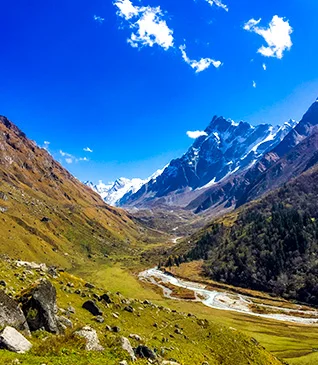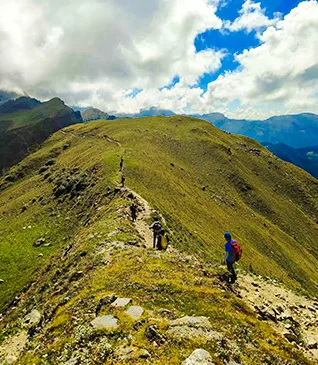Index
- What Really Happens in Your Body at High Altitudes?
- Why Do We Not Allow People with High Blood Pressure on The Treks?
- Why We Do Not Allow People with Heart Conditions on The Treks?
- Why We Do Not Allow People with Diabetes on The Treks?
- Why We Do Not Allow People with Epilepsy on The Trek?
- Why We Do Not Allow People with Asthma on The Trek?
- Why Overweight and Obese Individuals Are Not Allowed on The Trek?
- We suggest a BMI between 18.5 to 29.
- Download Medical & Disclaimer form.
- Know about Important documents required in a trek
A healthy and fit body is of utmost importance when you are going on a Himalayan Trek. We cannot stress this point more. High-altitude trekking is not like any other vacation and for this, you need a good deal of physical fitness. You should never hide your medical conditions from your adventure operator when you go on a trek.
We want our trekkers to take this very seriously as there are chances of getting sick at high altitudes that are not just detrimental to your health but can also cause be fatal. To understand this, you first need to understand what happens to your body at high altitudes.
What Really Happens in Your Body at High Altitudes?
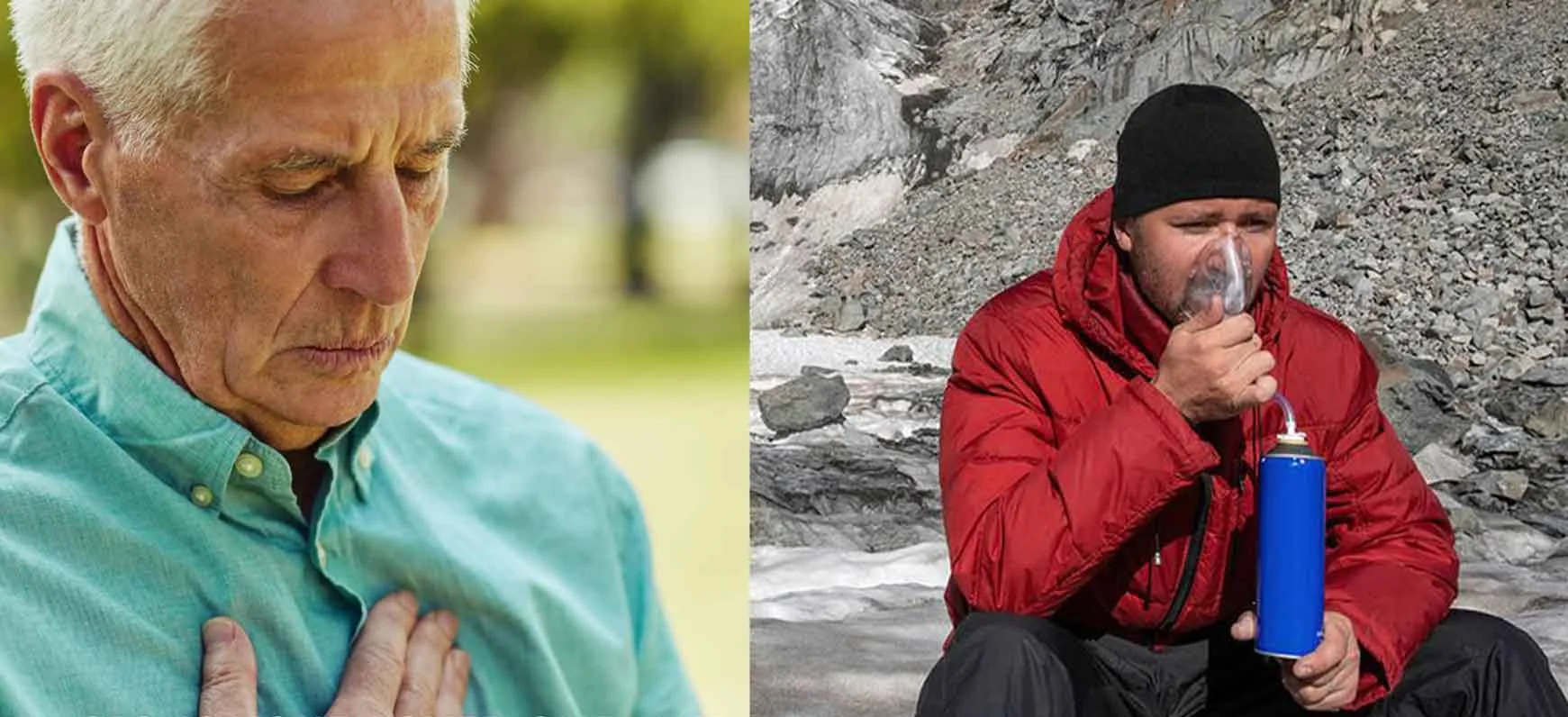
An altitude of above 8000 ft is considered a high altitude. Above this altitude, the air pressure drops and the level of oxygen in the air decreases. So, when you take a deep breath at higher altitudes, you get much less oxygen than you get at sea level.
It takes days for your body to adjust to the altitude as you keep climbing higher. This is why you must have noticed acclimatisation days in our high-altitude treks and also the treks are conducted over a period of 6 to 8 days or more.
⏩ When your body suddenly gets lower oxygen, it naturally tries to compensate for that oxygen and as such your breathing becomes faster.
⏩ Also, as the amount of oxygen is lower, your body creates more oxygenated blood and thus your heart pumps faster. The pulse rate increases.
⏩ Your bone marrow starts producing more red blood cells, which makes your blood heavier. So, if you have heart conditions your blood could clot and this is never good for your body.
⏩ You sleep less. If you do not sleep better at high altitudes, it’s normal and it is just the changes going through your body to help it acclimatise. However, lack of sleep can be harmful to your body if you are not physically fit or have health conditions like blood pressure, diabetes, heart conditions, etc.
Why Do We Not Allow People with High Blood Pressure on The Treks?
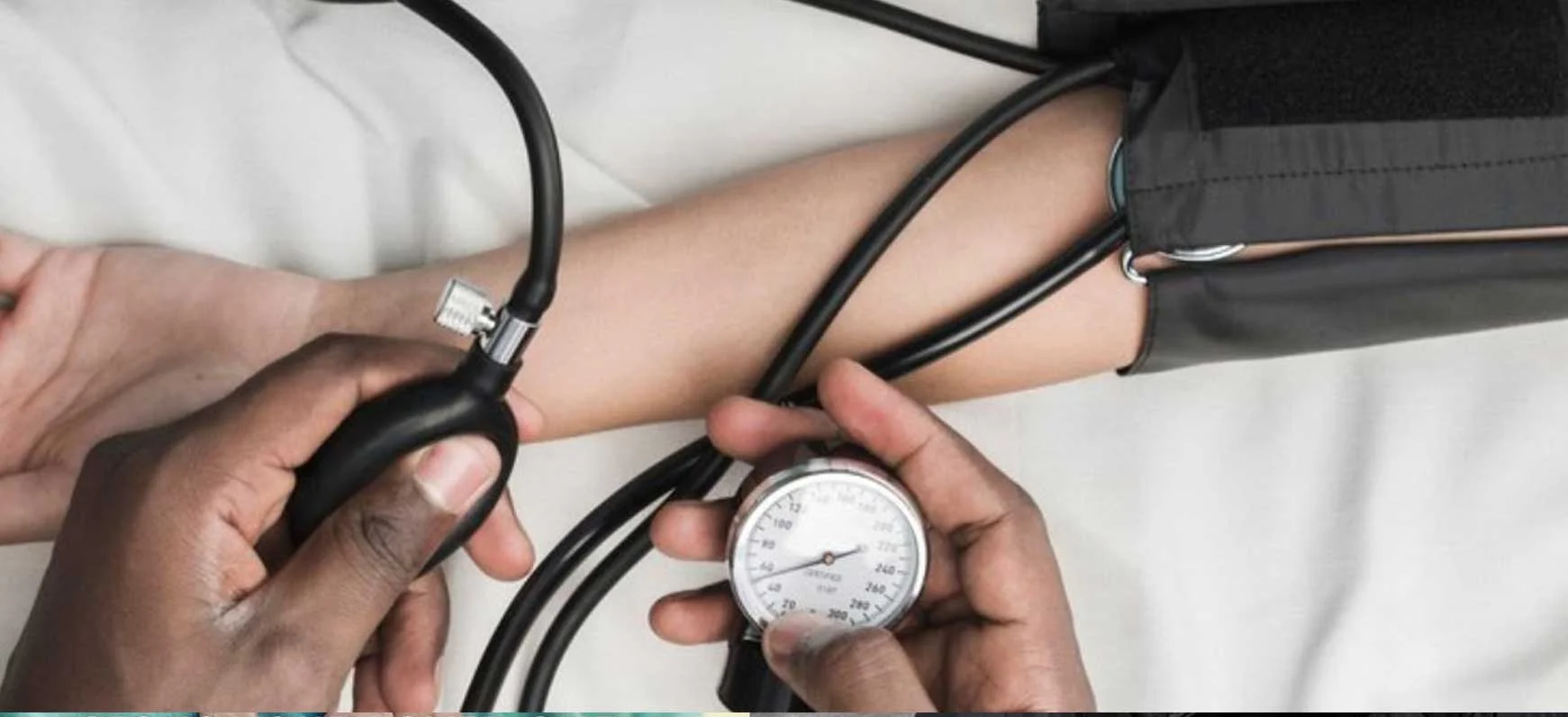
People with an existing issue of hypertension or uncontrolled blood pressure are much more vulnerable to strokes and heart attacks.
As we mentioned, your pulse rate considerably increases at high-altitude and added to it exertion, it can be detrimental to your health.
In colder temperatures, blood pressure generally rises as the blood vessels narrow down and as such more pressure is needed to push blood through arteries and veins. So, when you are on a high-altitude trek it is natural for the blood pressure to rise and it cannot be the best thing for someone who is already suffering from an issue of high blood pressure.
Also, high BP has no observable symptoms so it is even riskier. One may look fit and fine and fall one moment and fall sick the next moment. This is why we strictly have a policy to not take people with BP issues on a trek.
BP levels are considered stable if it is between 100-140 (Systolic), 70-90 (Diastolic) at least a month before the trek. Incorporate a strict diet along with a daily exercise routine.
While this may seem a little disappointing to some trekkers, we have decided on this criterion considering the health and safety of everyone.
Why We Do Not Allow People with Heart Conditions on The Treks?

Activities at higher altitudes like trekking, skiing, cycling, etc place some amount of pressure and stress on the heart and blood vessels as the level of oxygen is low and there is fluctuation in air pressure, temperature, and humidity levels.
People with coronary artery disease (a disease characterised by narrowed arteries leading to the heart) may experience shortness of breath, dizziness, chest pain, etc caused by arteries being further constricted at high altitudes and limiting blood flow to the heart.
Sudden cardiac death is the most frequent non-traumatic cause of death at altitude. It may occur without warning and result in death within minutes if the individual does not receive treatment. This is why we do not take people with heart conditions at high altitudes who may require emergency medical care at any given moment.
Why We Do Not Allow People with Diabetes on The Treks?
In a high-altitude trek, there is an increased energy expenditure which causes changes in carbohydrate and insulin levels. This can cause many potential complications.
It’s very important to monitor your glucose levels frequently and carefully and to keep blood sugar levels well controlled. Only then one can be allowed on the trek.
Considering the physiology of adaption of the human body to higher altitudes, we avoid taking people with conditions like high blood pressure, heart conditions, diabetes, and epilepsy on high-altitude treks for their health and safety.
We request all the trekkers to provide correct information regarding their health, and fitness when they join us on a trekking adventure.
Before you set out on a trekking adventure, consult with your doctor and head out on a trek only if you get clearance from your doctor.
Why We Do Not Allow People with Epilepsy on The Trek?
Trekking is a physically strenuous activity and sometimes you may not have proper sleep, or get a little dehydrated, and oftentimes this can trigger an epilepsy episode. It is difficult on challenging slopes to take careful steps. Up in the mountains, it is hard to reach medical facilities immediately and as a precautionary measure we avoid taking individuals with epilepsy on the trek unless they are cleared by a certified doctor.
Why We Do Not Allow People with Asthma on The Trek?
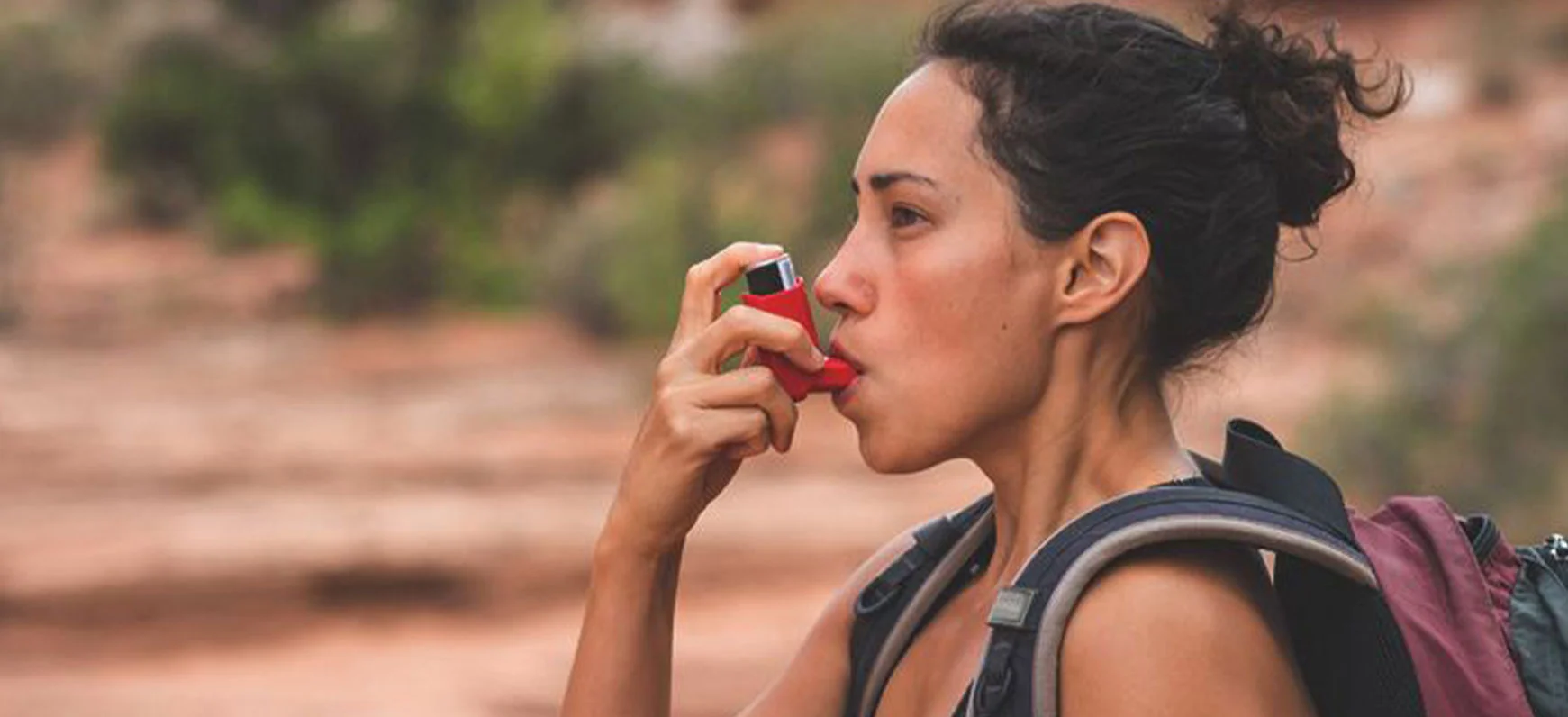
Asthma is a condition that causes your airways to narrow down and creates extra mucus making breathing difficult and can even induce coughing. Trekking is a physically taxing activity and it can cause Exercise-induced bronchospasm (EIB).
Also, a high amount of physical activity, especially in cold weather causes the muscles around the bronchial tubes in the lungs to narrow down resulting in restriction of the airflow further, creating the grounds for an asthma attack.
Considering the safety of everyone, we arrived at the decision not to allow people with asthma to join us on a trek.
Why Overweight and Obese Individuals Are Not Allowed on The Trek?
Given a sedentary 9 to 5 life a sizable number of people have a considerably higher BMI level. The result is either an incomplete trek or walking too slowly.
Also, having high BMI levels make you prone to AMS. At high altitudes, any physical activity becomes 3 times more strenuous than normal and when you have a high BMI, you will consume a lot more oxygen making you susceptible to AMS.
A high BMI makes you more injury-prone, especially when you’re descending from the trek. Ankle and knee injuries are much more common in overweight individuals. But having a higher BMI does not mean you cannot trek ever. Creating a good fitness routine and sticking to it will help you lower your BMI so that you can become eligible for the trek.

We suggest a BMI between 18.5 to 29.
We allow participants having BMI between 18.5 to 29 and Waist – 36” (Male), 33” (Female).
If your BMI exceeds 29 and Waist-size exceeds the limit, you will have to coordinate with our trek expert.
Note: Please carry the signed Medical, Disclaimer and hand it over to the Trek Leader at the Base Camp.
If you fail to provide a signed Medical Disclaimer or if we find any discrepancies in the documents provided regarding their correctness, we reserve the right to terminate your trek with immediate effect and in this case, the refund will be according to the cancellation policy. Make sure to have these documents ready at the time of trekking.
Download Medical & Disclaimer form.
Know about Important documents required in a trek
.webp)
The Best Places to Visit in Dehradun
.webp)
Phulara Ridge Trek - Explore the Hidden Ridge in Himalayas
 (1).webp)
Trek Update: Valley of Flowers and Hampta Pass are Fully Accessible for Exploration
 (1).webp)
Har Ki Dun - Best Autumn Trek
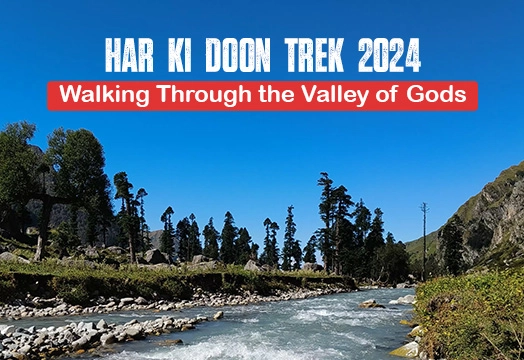
Har Ki Doon Trek 2024 - Walking Through the Valley of Gods
.webp)
Best Time for Kedarkantha Trek in 2024
.webp)
Post-Monsoon Marvel of EBC Trek and Annapurna Circuit Trek
 (1) (1).webp)
Discovering Goechala - A Himalayan Adventure
 (2).webp)
Adi Kailash Yatra : A Spiritual Journey to the Abode of Lord Shiva
.webp)
Know the Hidden Gem- The Brammah Valley Trek
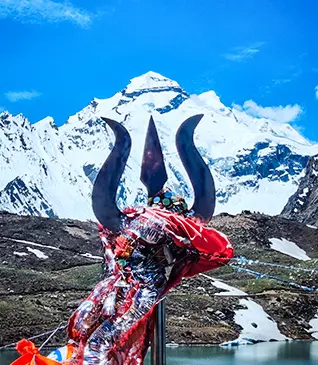
.webp)
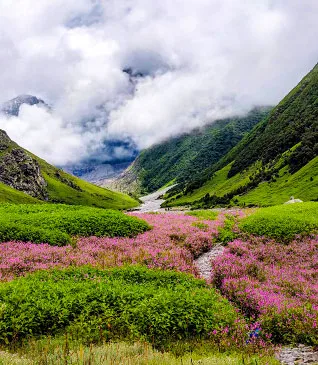
.webp)
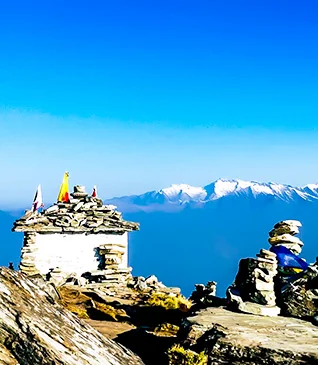
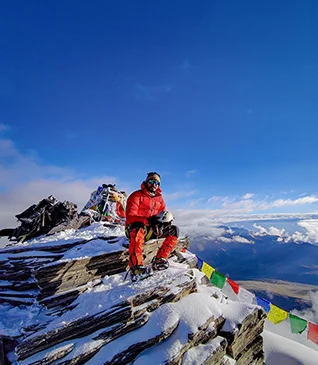
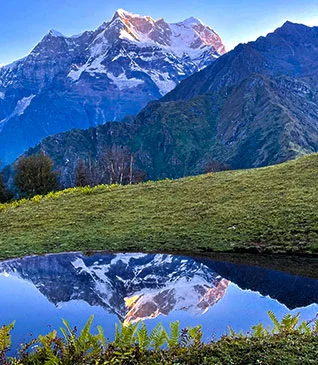
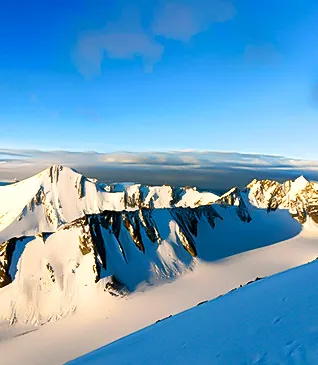
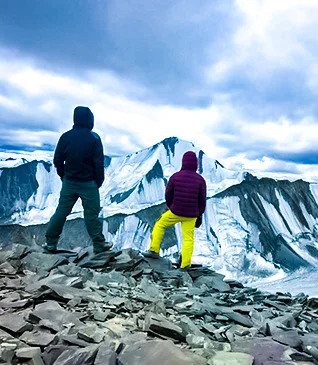
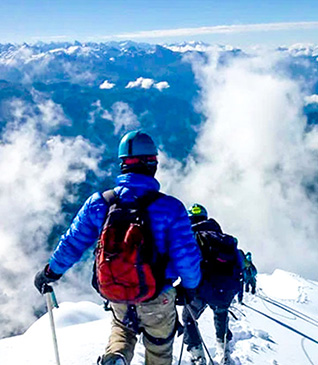
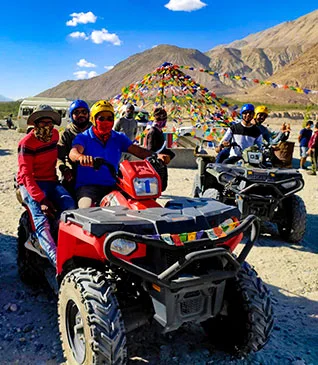
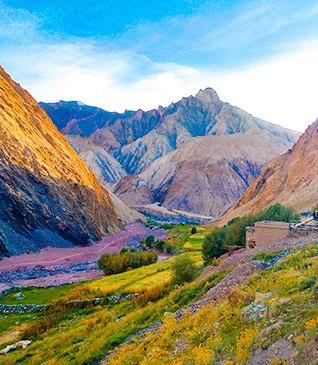
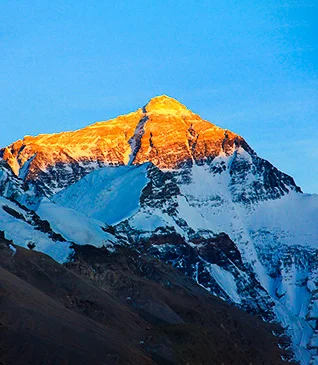
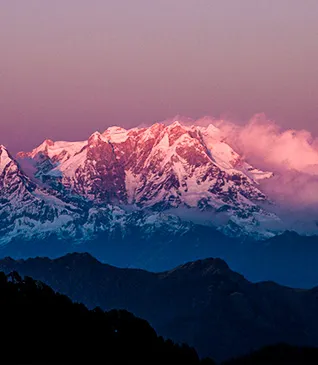
.webp)
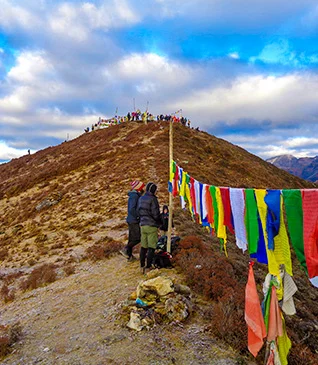
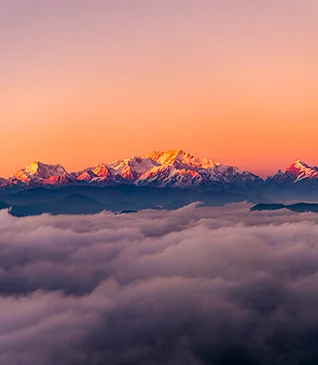
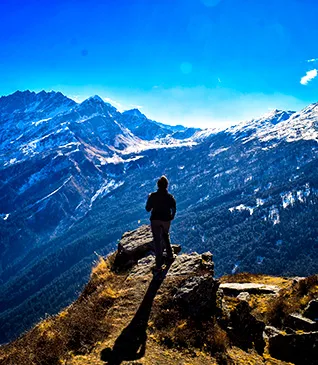
.webp)
